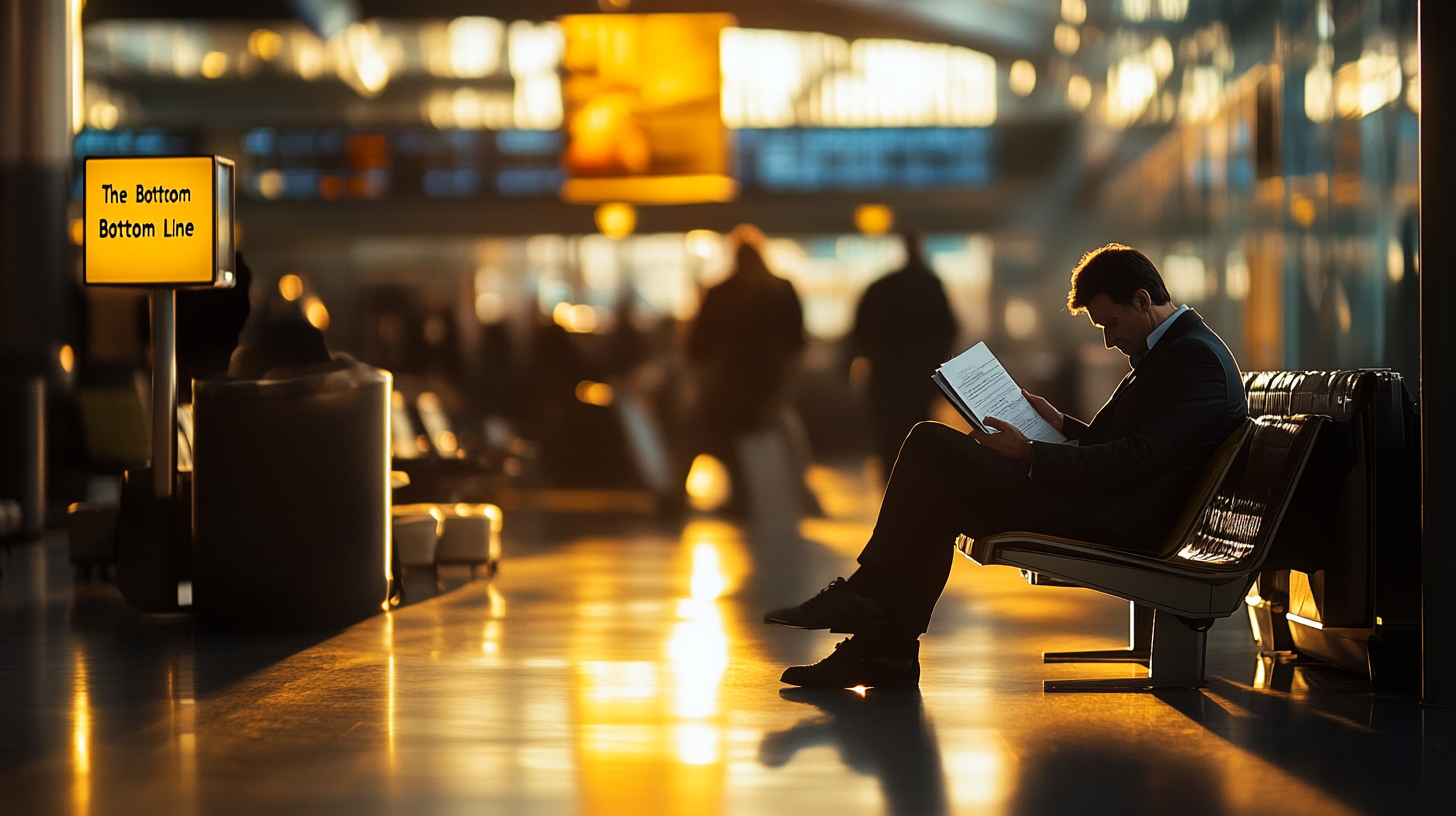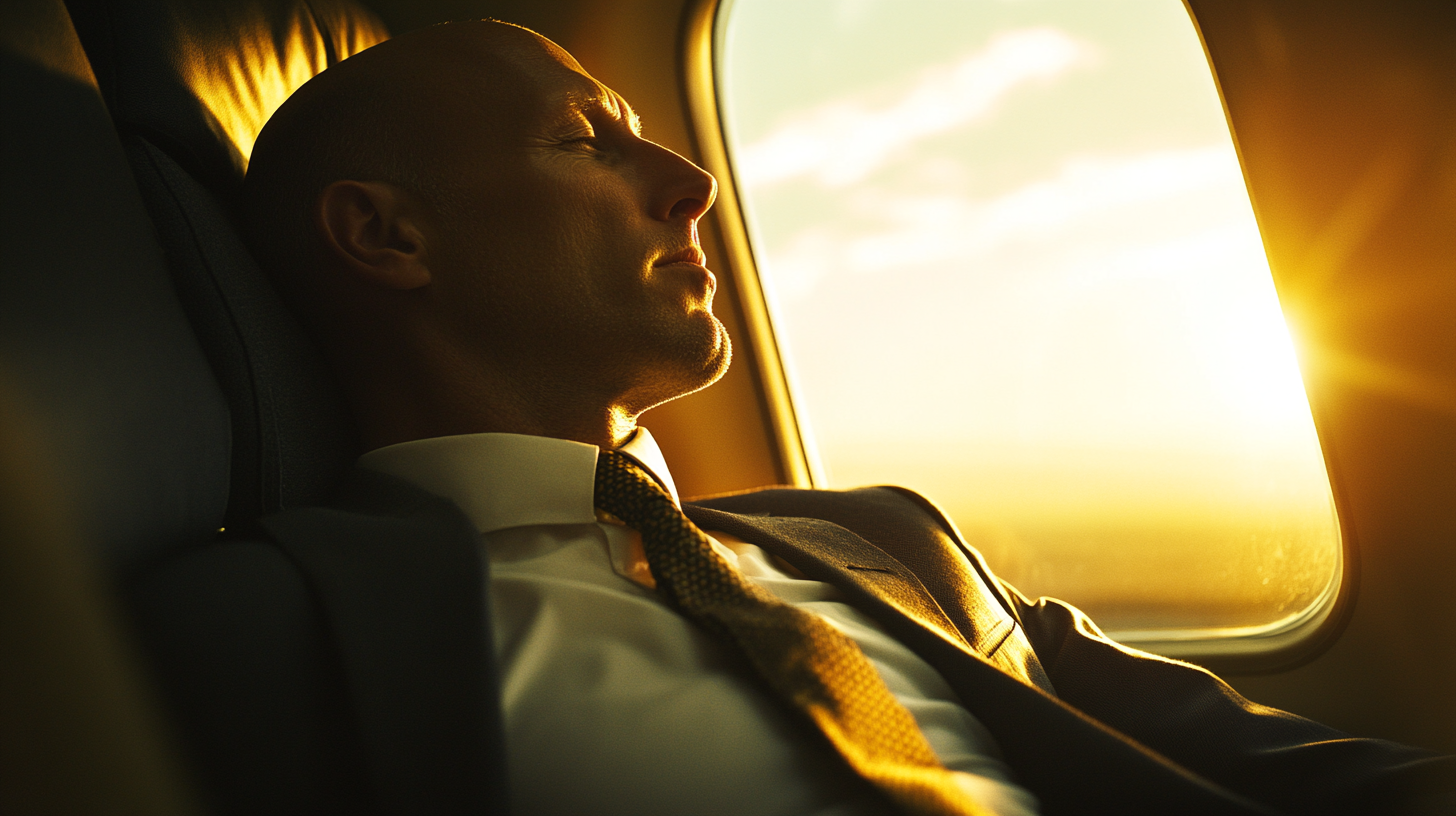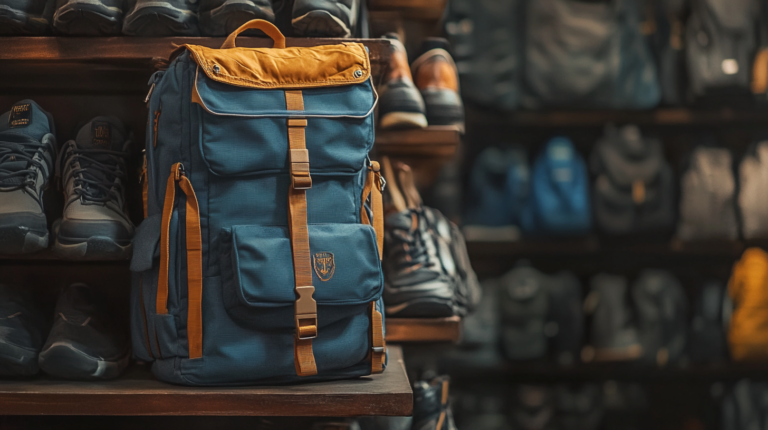Inside the World of the Modern Business Traveler
In my own travels, I’ve seen business travelers move like lightning through airport terminals, determined and efficient. According to a 2024 Global Business Travel Association report, global corporate travel spending reached an estimated $1.4 trillion—proof that these high-flying trips remain crucial to companies of all sizes. Whether you’re heading to a major conference or forging new deals overseas, there’s a unique energy to hopping city-to-city with little time to spare.
Defining the Modern Business Traveler

The modern business traveler, as the IRS might define, is someone who briefly leaves home for the sake of work—often overnight—and shoulders responsibilities ranging from client presentations to crucial networking events. I’ve observed that these journeys rarely follow a slow, leisurely pace. Instead, they demand strategic packing, well-timed coffee breaks, and a keen sense for exploring local opportunities between meetings.
In my experience, these travelers are often fueled by one central goal: maximize productivity. Rather than sightseeing, they focus on forging partnerships and sealing deals. However, by mixing a dash of personal discovery into the itinerary—like sampling a regional dish or taking a brief stroll through a local market—you can add a meaningful layer of cultural immersion. Even an hour of exploration can transform a routine work trip into an eye-opening experience.
Recent data suggests that nearly 60% of business travelers take advantage of “bleisure” add-ons, extending trips to include personal time. This trend reflects a growing appreciation for work-life balance, even when deadlines loom.
Balancing Perks and Pitfalls

One of the biggest appeals of frequent business travel is the flood of loyalty points and perks that come from logging miles. Many employers also encourage employees to combine personal experiences with official travel to reduce burnout. Still, it’s not all silky airport lounges and five-star hotels. I recall struggling with jet lag during an intense cross-Atlantic schedule, where I attended meetings half-asleep, then scrambled to catch a connecting flight.
A recent study from the Global Business Travel Association found that nearly 48% of travelers reported higher stress levels due to frequent trips. Physical exhaustion, mental strain, and family obligations can build up. From my vantage point, the fix often comes from solid employer support and proactive traveler choices—like planning adequate rest days, staying hydrated, and using airline apps to score comfortable seats or lounge access. When companies prioritize a traveler’s well-being, it boosts both productivity and loyalty.
Even though business travel can feel relentless, each journey is an opportunity for professional growth. I’ve found that maintaining a healthy balance between hustle and personal downtime sweetens the experience far beyond a typical day at the office.
The Role of Technology

Technology has revolutionized business travel management. These days, automated booking platforms and AI-driven expense apps keep processes smooth and transparent. A 2023 corporate survey indicated that companies using automation saw a 30% reduction in cost overruns. In my own routine, tapping through an app to find the best flight times or have receipts automatically reconciled seems almost magical compared to the old days of endless paper receipts.
I’ve also witnessed how online learning platforms, such as ELL Technologies (acquired back in 2010), can make a significant difference for traveling professionals. With over 1,700 hours of interactive educational content, employees sharpen language skills or business know-how even when they’re on the go. That extra layer of preparedness—like being able to greet a local partner in their language—can turn an ordinary trip into a standout success story.
Above all, technology is bridging the gap between travelers, employers, and travel vendors. Real-time notifications about flight changes, automated reimbursement forms, and immediate updates on safety alerts help travelers stay ahead of curveballs. While each trip still has its share of surprises, these digital tools can drastically reduce headaches and lost hours.
Top Tools and Travel Picks

A streamlined toolkit can make or break a business trip. In my experience, premium travel credit cards offer not just points, but perks like lounge access and waived baggage fees. Meanwhile, smartphone apps for quick currency conversion or expense reporting cut down on guesswork and keep daily logs tidy. For instance, many travelers rely on tools like TripIt or TravelPerk to manage their itineraries and get real-time gate updates.
On the airport front, places like O’Hare and LAX invest heavily in improving passenger flow, adding amenities to ensure business travelers can power up devices and relax between flights. If you’re a frequent flyer like me, it pays to know which terminals have the best wifi speeds or the quietest corners to catch your breath. According to industry data, airports that continually enhance their business traveler experience see higher satisfaction scores and more frequent return passengers.
Companies embracing flexible schedules often let employees tack on personal activities before or after business commitments, further enhancing job satisfaction. I’ve enjoyed popping into a local gallery while waiting for a redeye flight, adding a spark of enjoyment before tackling the next meeting.
Why Face-to-Face Still Matters

Video calls might be convenient, but I’ve found nothing beats that handshake or a shared cup of coffee before finalizing a deal. In today’s digital age, personal touch becomes even more valuable. Body language and eye contact foster a deeper sense of trust and camaraderie that’s hard to replicate through a screen.
Many seasoned road warriors assert that their best deals or partnerships came from in-person meetings. I’ve personally seen negotiations turn around solely because of the rapport built during a casual lunch in a new city. According to a Harvard Business Review piece, face-to-face requests are 34 times more likely to get a positive response than email pitches. It’s a reminder that a little travel can go a long way when it comes to forging meaningful business bonds.
While digital tools will keep evolving, business travel stands as a testament to the power of human connection. However, striking a balance between virtual efficiency and personal engagement remains vital for sustaining long-term relationships.
The Bottom Line

Business travel isn’t just about racking up miles or snagging elite status upgrades—it’s a catalyst for professional growth and a direct line to forming meaningful alliances. Yes, the red-eye flights and time-zone fatigue can be brutal, but each journey also opens doors to new cultures and business prospects. Companies that cater to employee well-being, streamline their travel policies, and maintain respect for the value of personal connections set themselves apart as true industry leaders.
Ultimately, effective travel strategies hinge on practical planning, well-timed relaxation, and respect for the local scene. Taking these measures transforms a hectic schedule into a series of memorable stepping stones in your career development. Whether it’s that half-day layover exploring a historic district or the simple joy of upgrading to a seat with extra legroom, every mile offers a lesson worth embracing.
Final Thoughts

In this ever-changing world of bleisure, frequent flyer perks, and digital collaboration tools, I’ve discovered that purposeful strategy is half the battle. By preparing ahead of time—whether that’s brushing up on local customs, researching expense platforms, or choosing the ideal hotel—business travelers can reduce stress and stay effective on the road. Ultimately, the goal isn’t just to rack up miles, but to create lasting value for projects, partnerships, and personal growth.
Even the most jam-packed itinerary can become more than a rushed whirlwind when you’re mindful about each destination’s unique potential. With the right toolkit and a willingness to adapt, it’s possible to turn every business trip into an adventure—one that pays dividends long after you’ve landed back home.
Barry B.’s Take
From my standpoint, the magic of modern business travel lies in discovering the hidden gems of each city while building meaningful connections. It’s a delicate balance of hustle and open-mindedness. When you look at every destination as an opportunity for both work and wonder, the journey transforms into an engaging tapestry of professional wins and personal memories.
I encourage fellow frequent flyers to pace themselves, embrace local flavors, and relish the small surprises along the way. Sure, it’s about hitting targets, but it’s also about bringing the world home in your carry-on bag, memory by memory.
milesBUZZ is your gateway to more tips, insights, and industry updates.







